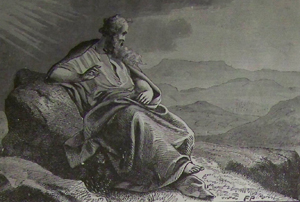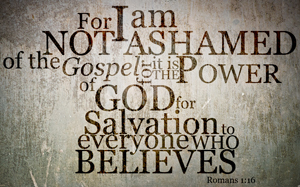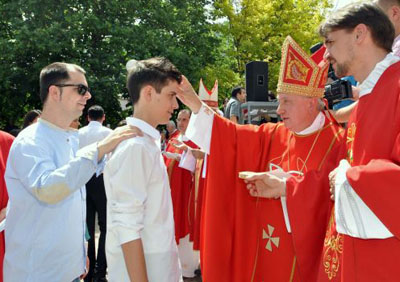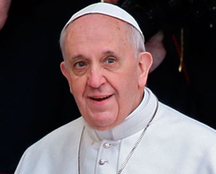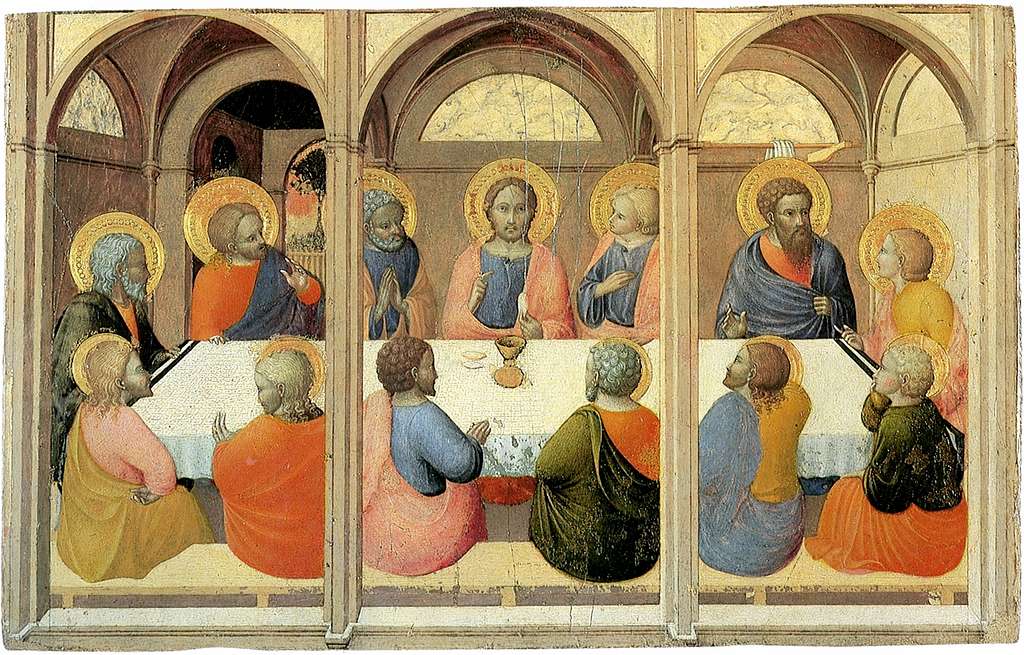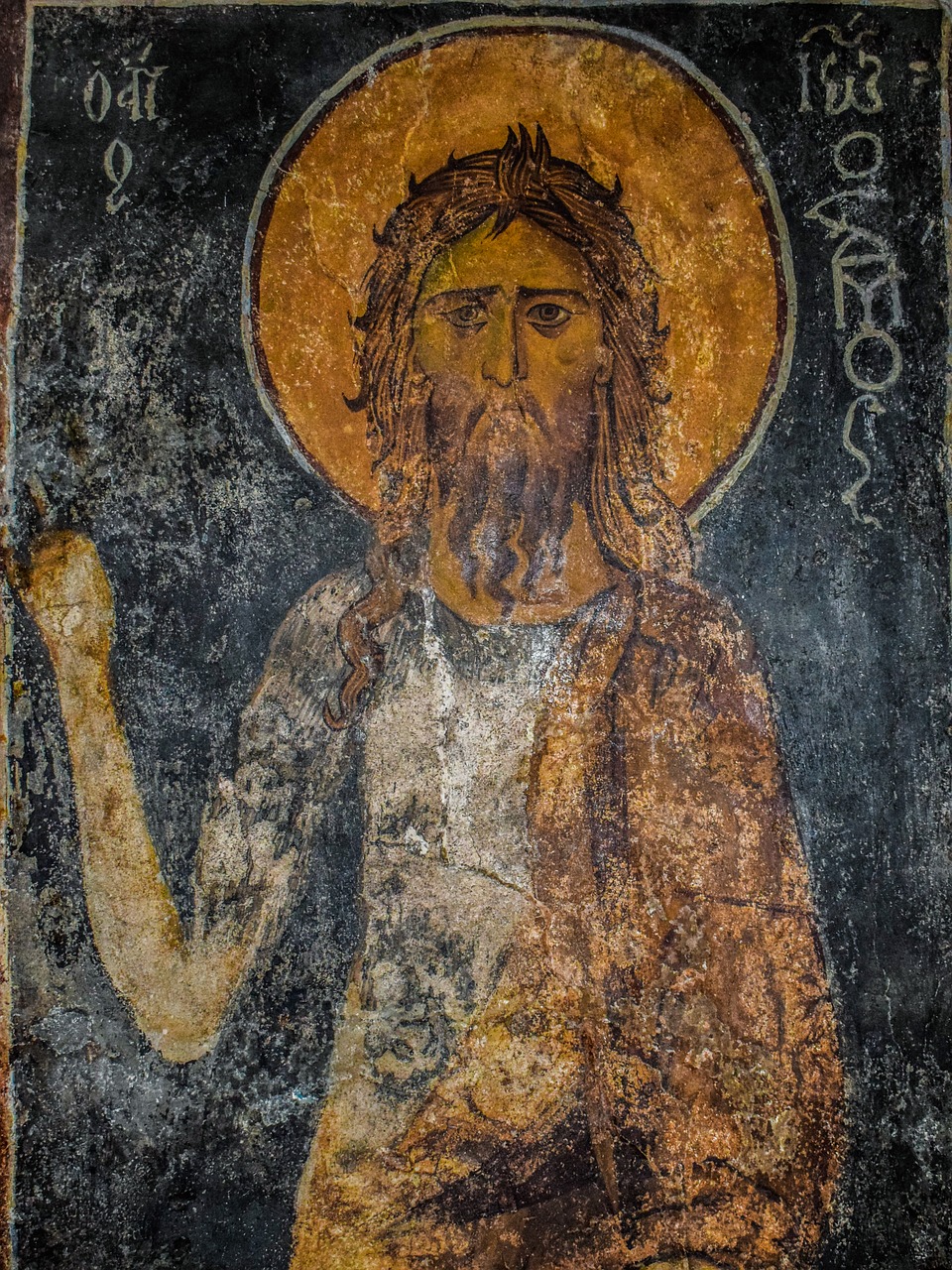You can’t say he didn’t warn us. “If a pope clearly realizes,” Pope Benedict XVI said in an interview only three years ago, “that he is no longer physically, psychologically, and spiritually capable of handling the duties of his office, then he has a right and, under some circumstances, also an obligation, to resign.”
In a number of ways Benedict’s dramatic move is unique, though it is not completely unprecedented. We can firmly identify 7 previous abdications from the papacy. Two resulted from Roman attacks on the early church. Pope Pontian (230-235) was arrested in the persecution of the emperor Maximinus Thrax and sentenced to the mines of Sardinia (where people went but didn’t come back). Rather than leave the church in a situation where a sitting pope was essentially imprisoned for life, he resigned before heading off for the mines. Pope Marcellinus (296-304) went the other way, disqualifying himself by handing over the scriptures to the Roman authorities and burning incense to the gods—major giving-in-to-persecution no-nos.
 |
POPE GREGORY XII: The last pope
to leave office before Benedict XVI. |
Three left office for reasons having to do with either secular or church politics or both. Pope Silverius (536-537) was exiled by the Empress Theodora of Constantinople, restored by the Emperor Justinian, and forced out again by his successor Pope Vigilius. Celestine V (1294) resigned because he couldn’t tolerate ruling as pope under the thumb of King Charles II of Sicily. Pope Gregory XII (1406-1417) reigned during the period known as the Western Schism when no fewer than three men were claiming the papacy. When the Council of Constance was planned to resolve the issue, Gregory agreed to abide by the decision of the council as long he could convene it, thereby establishing himself as a legitimate pope long enough to resign and let the council elect Martin V to be the one of leader of the church.
Another papal departure, that of Benedict IX (11th century), came about because of his scandalous personal life, including the fact that he sold the papal office to a relative. He was elected, deposed, and returned three times before finally leaving for good.
Finally, not much is known of the reign of Pope John XVIII (1003-1009) besides some of his official decisions, but apparently he resigned and lived out his last years in a monastery (sound familiar?).
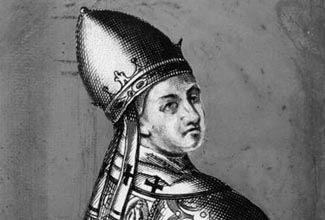 |
| POPE Benedict IX, (c. 1012–c. 1056): A "bad" pope. |
So Benedict’s resignation is not wholly unprecedented in that a few of the previous popes who left office did so of their free own will, either for personal reasons or the good of the church. It is, however, dramatic because it hasn't happened in a long time, and the church in recent decades is not used to papal turnover so quickly. Keep in mind that the 26-plus-year papacy of Benedict’s predecessor, John Paul II, was the second-longest in history. The length of Benedict’ papacy, about 8 years, is actually very close to the average reign of the 265 previous popes—slightly over 7 years—and not far below the average papal term since the 16th century of 10 years.
Benedict’s extraordinary decision has also drawn attention to the sometimes little-known but influential body of canon law that ultimately governs just about everything that happens in the church, including a pope’s resignation.
Before the 20th century, canon law existed in various forms and collections. It was not brought together into one book until 1917. The current Code of Canon Law, published in 1983, was a revision of the 1917 code. Some provisions for the resignation of a pope existed in older forms of the law (in the 13th century Pope Boniface VIII declared: “Our predecessor, Pope Celestine . . . constituted and decreed that the Roman Pontiff can freely resign. . . . we have determined . . . that it be placed among other constitutions for a perpetual memory of the same”). According to the current Code, a pope may resign validly as long as he makes the decision freely (canon 332.2) and makes it known in writing or orally in the presence of at least two cardinals of the church who serve as witnesses (see canon 189.2-4). This Benedict did.
This pope’s resignation is also significant not only because it is the first one to occur under the 1983 Code but also because of its reasons: We don’t know why Pope John XVIII retired to a monastery a thousand years ago, but we do know more about why his successor Benedict XVI is doing the same thing now.
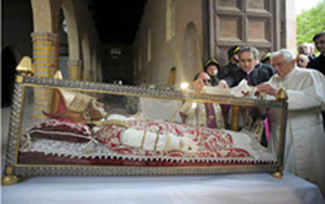 |
POPE BENEDICT XVI visited—twice—the tomb of his 13th-century
predecessor Celestine V, who put papal resignation on the books. |
Note that in Benedict’s 2010 interview he talked about “a pope,” not “me.” He was speaking of what he thought all popes should do—not only what he thought he should do—when a pontiff is “no longer physically, psychologically, and spiritually capable of handling the duties of his office”: Namely, resign. Clearly Benedict had decided that for him that time had come. He obviously believes that, first, a significantly incapacitated pope should not be in office, and second, by resigning ahead of a catastrophic illness he is making sure the church does not face a situation for which it is not entirely prepared.
While church law on papal resignation is relatively clear, the same cannot be said for the serious incapacitation of a pope. Here we need to go back to canon law, which does allow for the possibility that the Holy See might be what it calls “impeded,” that is, if a pope becomes totally disabled, mentally ill, or otherwise truly incapable of the tasks of the office. To govern those situations the law refers to “special laws enacted for these circumstances” (canon 335). These “special laws” governing what happens when the Holy See is vacant are found in the procedures the popes establish for papal elections, last revised by the pope in 1996, but within these special laws no provision for an “impeded” pope has ever been made. In other parts of the canon law, procedures exist for removing an infirm bishop but nothing like that is set down for an incapacitated pope—even though he is the bishop of Rome—other than the provision that such a pope have a designated cardinal to oversee Vatican administration.
While it is not without precedent in history and church law, Benedict XVI’s bold decision to resign does set a modern precedent that while a pope is presumably elected for life, he does not have to and should not continue to serve if he is unable to do so. An incapacitated pope does not have to in effect abdicate his office to his aides and can make room for someone better able to lead the church into the future.
Online resources
• List of all the popes
• Canons 332 and 335 from the 1983 Code of Canon Law
Reprinted with permission from PrepareTheWord.com. ©TrueQuest Communications.




